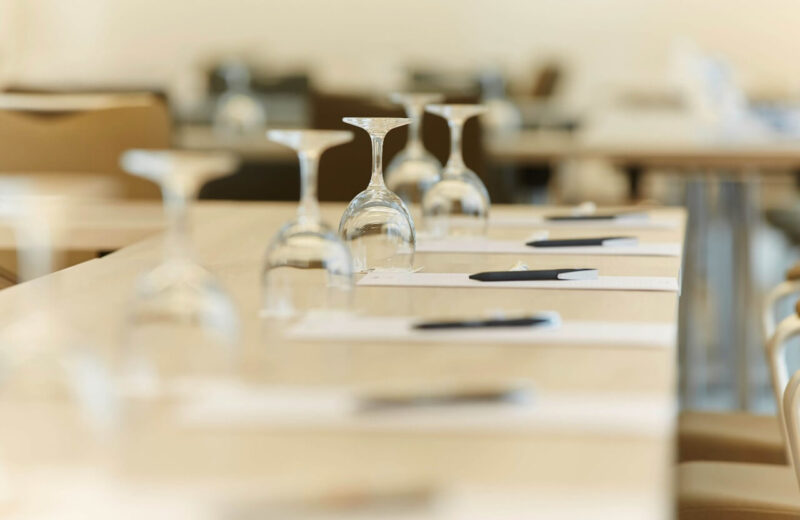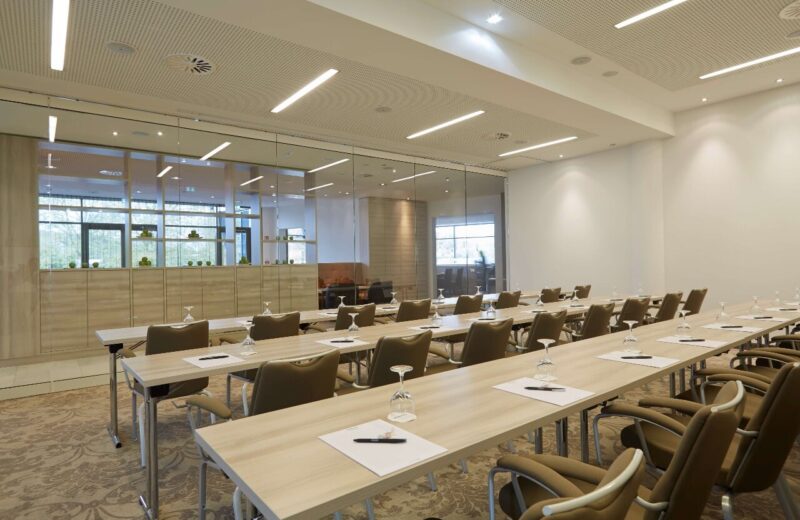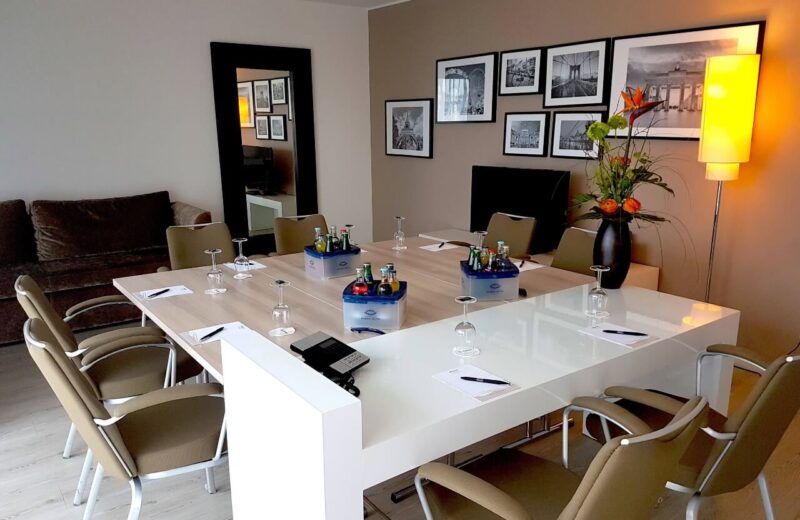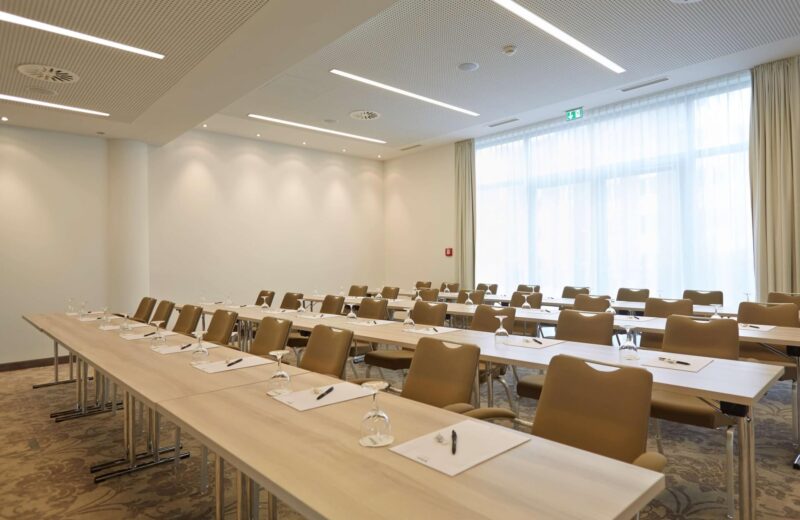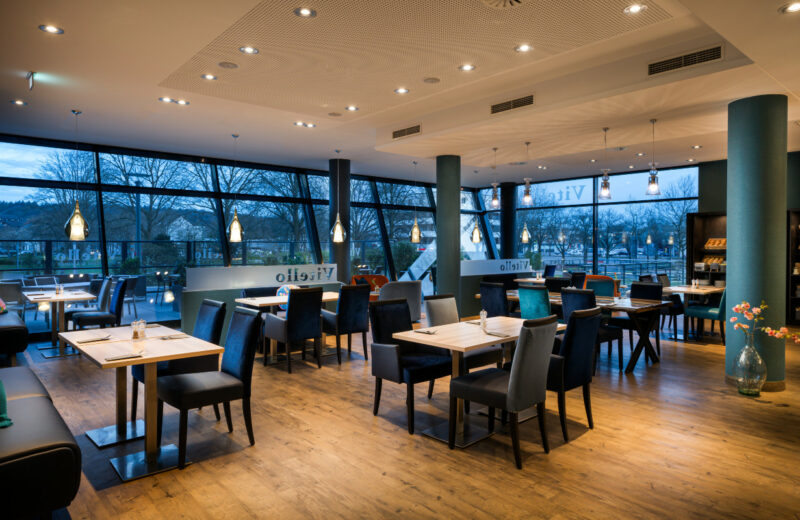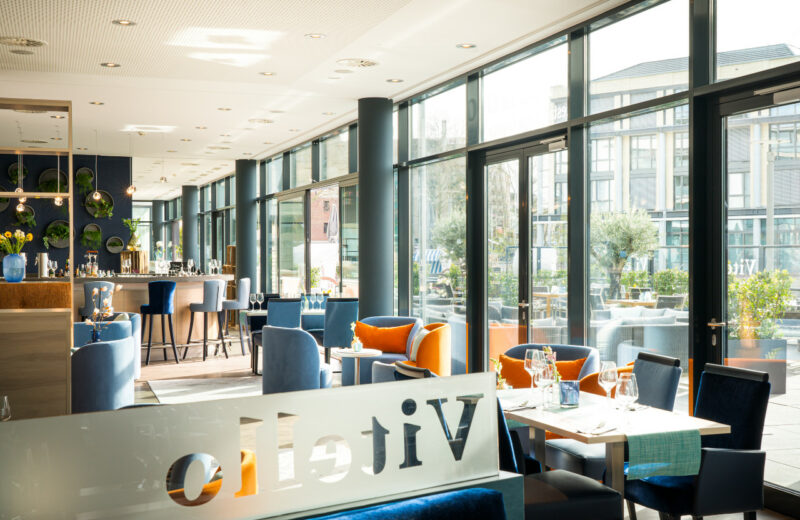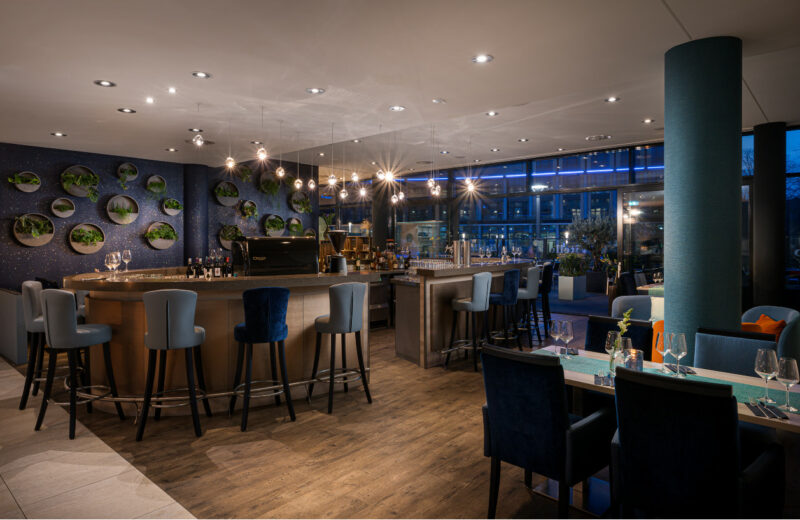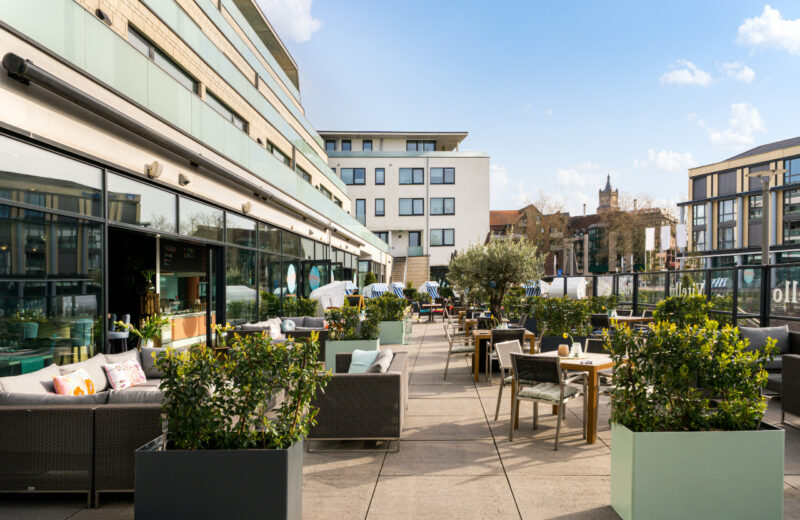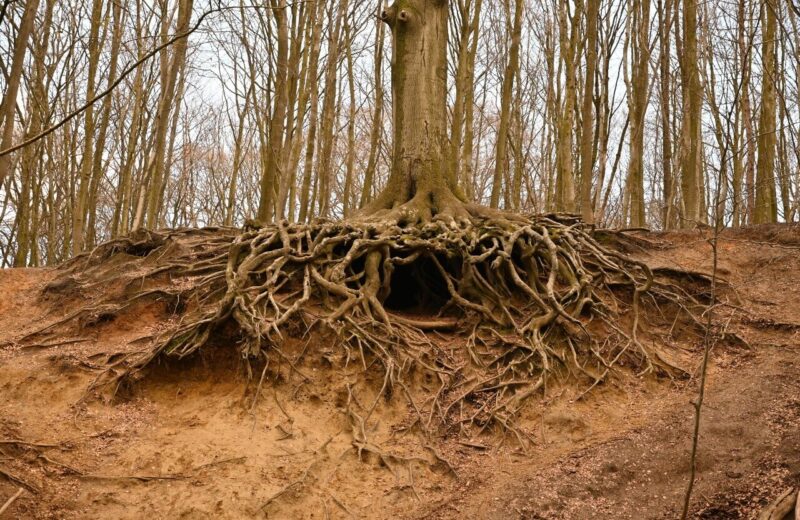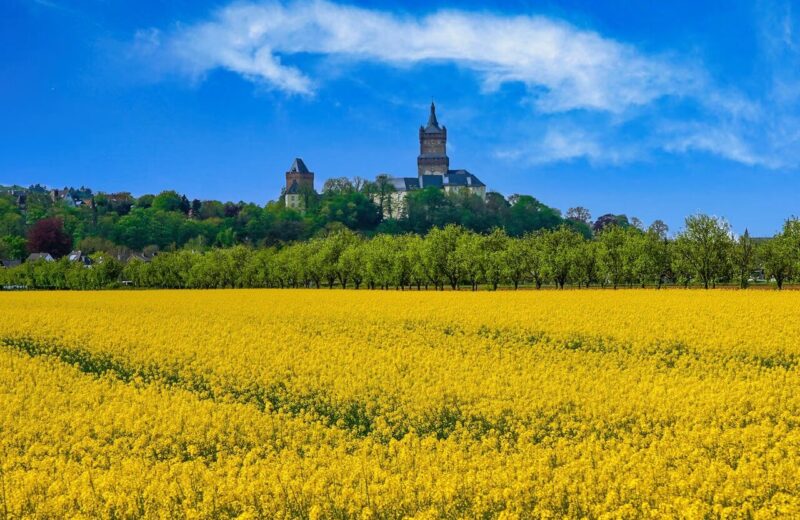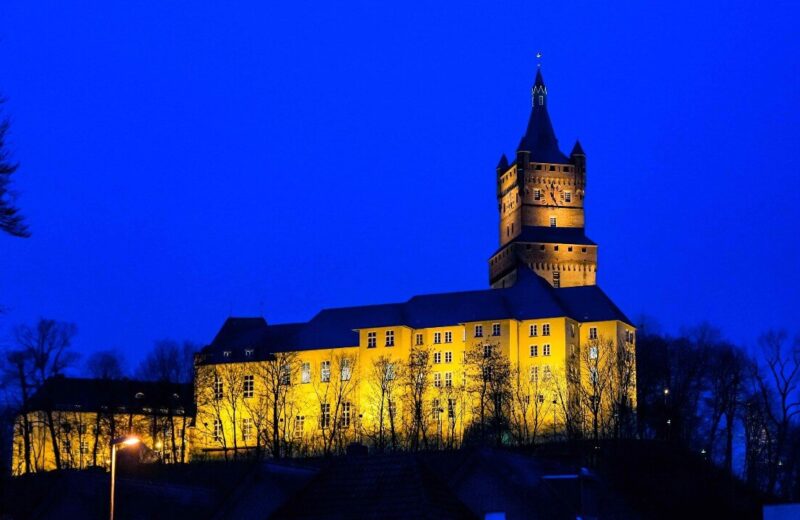City Guide
Sightseeing in Kleve and the Lower Rhine: New experiences right on your doorstep
Kleve and the Lower Rhine, close to the German-Dutch border, offer much that is of interest to visitors to the region. But where to start? Our insider tips will already give you an idea, and when you eventually arrive at the hotel, you should ask our helpful staff for more advice. Having acquired a list of insider tips for the region, sit down with an ice cream on the steps of the Spoy Canal and fortify yourself for the upcoming tour of exploration. Culture, nature, culinary delights – we’ve got it all covered.
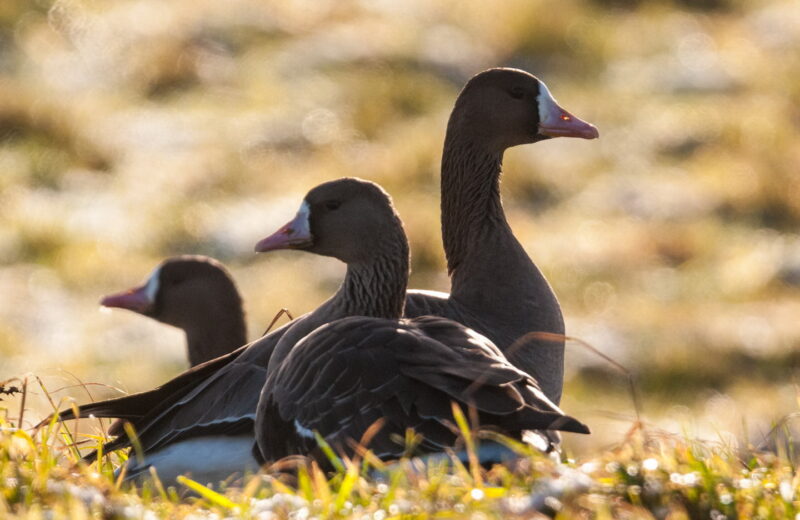
Nature at its finest: wild goose safari on the Lower Rhine
This top tip is for all you nature and animal lovers – and anyone, who like us, is always searching for special experiences. The first wild geese make their way to the Lower Rhine late in the autumn every year to make the most of the region’s gorgeous green meadows.
If you want to see thousands of animal species for yourself, make sure you book a bus trip with the Nature and Biodiversity Conservation Union (NABU) Niederrhein between November and February. You can explore the winter wonderland that is the Millingerwaard nature reserve on foot. Look out for the greylag, bean and greater white-fronted geese as they fly in to roost in huge flocks. Wild Arctic geese settle down for the night on the many bodies of water in the area between Duisburg and Nimwegen, including the Rhine’s oxbow lakes, pools and quarry ponds.
Read more
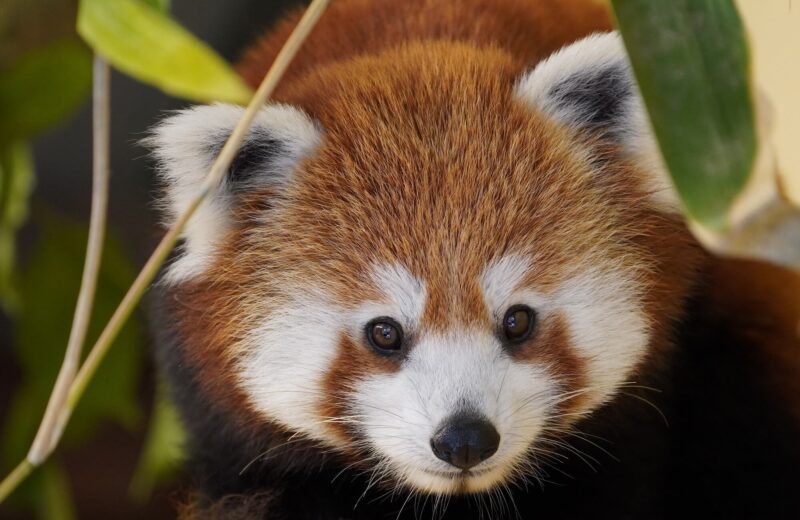
Tiergarten Kleve: the family zoo with a mission
The four main duties of a modern zoo include species conservation, education, recreation and research. Tiergarten Kleve is at the forefront when it comes to supporting a variety of nature and species conservation projects.
After all, more than 300 animals from around sixty different species and breeds live at the zoo, including some that are in acute danger of extinction. A visit here is an entertaining experience for the whole family – alongside play areas, there are two petting zoos, a cafe, and even the possibility of accompanying an animal keeper as part of a taster course and actively helping out during cleaning and feeding work. You can find out about the animals and the life of an animal keeper during show feedings, which take place three times a day at various locations.
Read more
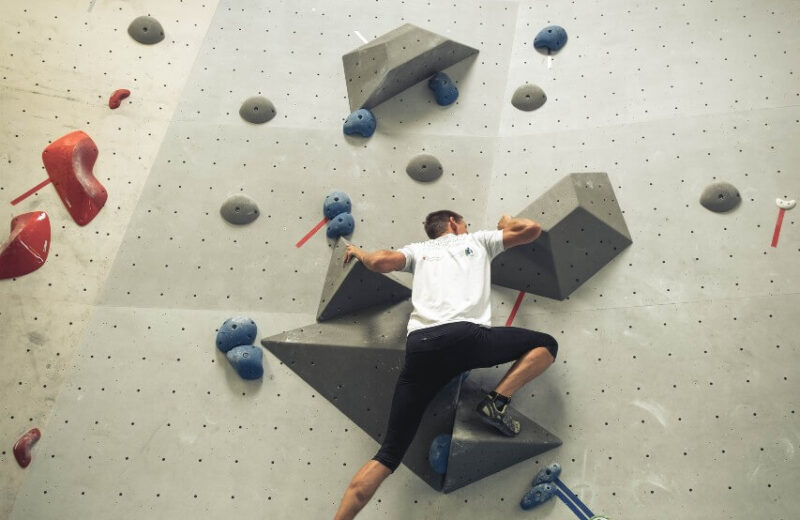
Kliff Boulderhalle: climbing in Kleve
Come rain or shine – at Kliff Boulderhalle, you can improve your endurance, body tension, coordination and sense of movement. The climbing walls in the hall are suitable both for beginners and experienced boulder fans.
Instead of large outdoor boulders, artificial walls and a variety of grip configurations are available. All year round, whatever the weather. With a jump height of around three to 4.5 metres, the sport is safe without a cord and harness – and the thick foam mats also make sure of this. You’ll see as soon as you enter Kliff Boulderhalle that bouldering is a way of life. The atmosphere is warm and friendly and the clientele is varied. The hall is open until late into the evening, so you can even head along for a session after work!
Read more
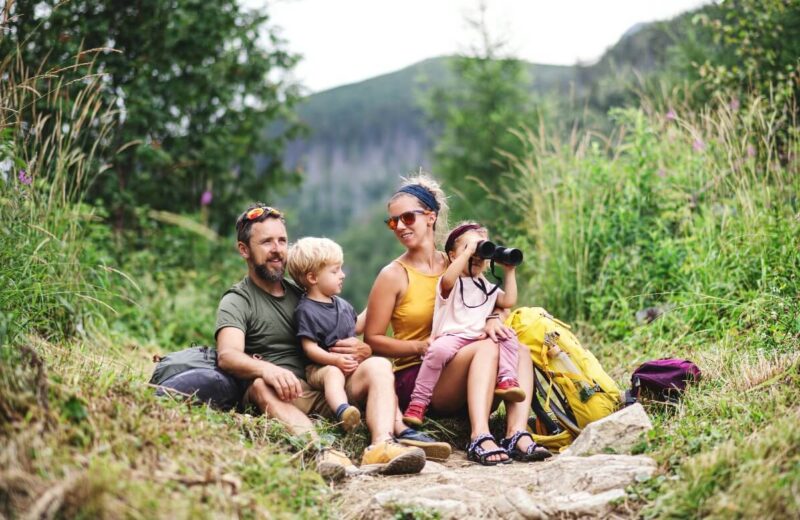
Sternberg: a clear view from 86 metres
For some people, the word ‘berg’ – or mountain – might seem like an exaggeration, but at 86 metres above sea level, Kleve’s Sternberg is in fact the highest elevation in the town.
John Maurice, Prince of Nassau-Siegen, gave the site its name in the seventeenth century – after having the natural hill raised by a few metres. As you would expect of high ground, you have a beautiful view over Kleve from here. But that wasn’t always the case: the Sternberg originally had twelve star-shaped visual axes, put in place by the governor. Over time, however, these became overgrown with grass and trees. The two most beautiful of these historical axes with a view of Schwanenburg and towards Emmerich were cleared by Heimatfreunden Materborn.
Read more
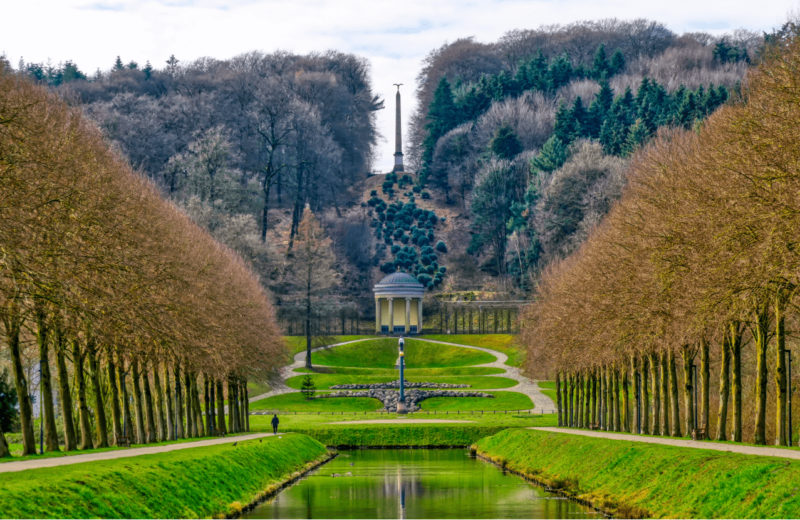
Prinz-Moritz-Park: governor with a sense of aesthetic
Prinz-Moritz-Park is a historical landscape park spanning one hectare – this makes the green space the fifth-largest park in the town.
The plot, including hillside along the Kermisdahl, was acquired by the governor John Maurice, Prince of Nassau-Siegen, on 14 March 1664 from electoral property on Goldstrasse in Kleve. The intention was not only to create his town residence, the Prinzenhof, but also a pleasure garden. This was completed in 1671 and was the third and last park complex created by John Maurice of Nassau-Siegen as governor of Kleve. The complex was destroyed by an air raid on the Kleve upper town in 1944. Information boards throughout the Alter Tiergarten park show just how impressive the park facilities were in the seventeenth century.
Read more
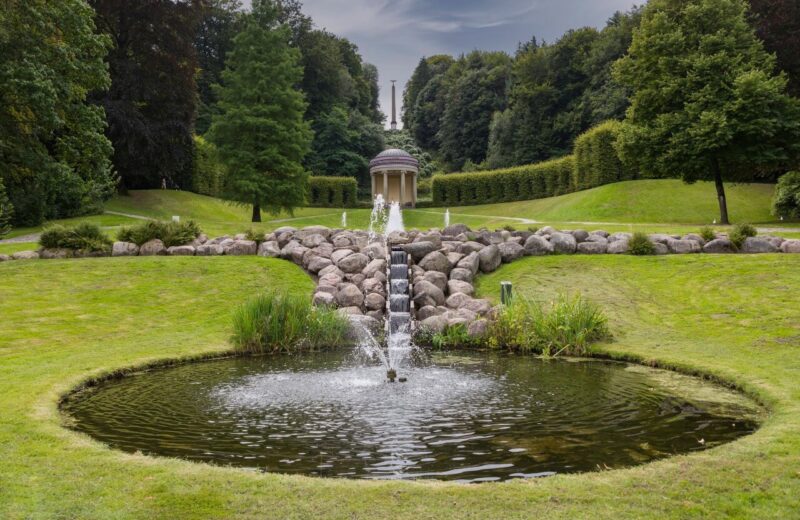
Park and garden complex in Kleve: stunningly beautiful
It’s as if he knew … the motto of seventeenth-century John Maurice, Count of Nassau-Siegen: ‘Build, dig, plant and feel no sorrow, for it will be enjoyed by those who follow,’ remains pertinent to this day – 400 years later.
But the Count wasn’t all talk; he acted accordingly when it came to transforming his residence of Kleve and its surroundings into a unique park landscape. Among other things, he created the Alter Park with star-shaped paths and artificial viewing mounds. Moritz-Park is in Kleve’s upper town and is embellished with a magnificent pleasure garden. The Forstgarten provides an additional highlight. This was named a European garden memorial in 1993 and took second place in the ‘Germany’s most beautiful park’ contest in 2007.
Read more
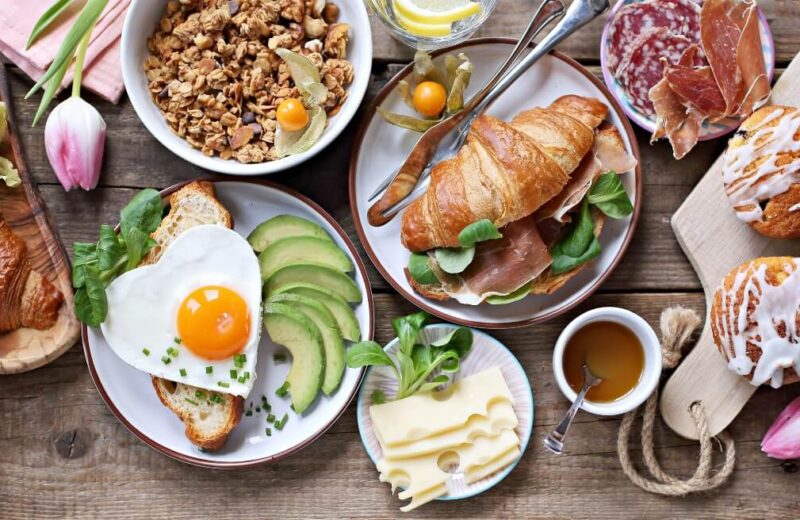
Taly’s Bowls & Burger: make your own!
Burgers, bowls, wraps, schnitzels, finger food, chips and a selection of more than ten sauces. The menu at Taly’s Bowls & Burger in Kleve can be summed up well with culinary terms.
The wrap menu will whet the appetite with melodious names like Hemingway and delicious ingredients like salmon, chicken and sheep’s cheese. At this centrally located establishment – which also boasts outdoor seating – the subject of bowls is taken especially seriously. The brightly coloured compositions – known as poke bowls in Hawaii – are intended to be a real pleasure to eat. The principle is: be creative; make your own bowl. Be it vegan, vegetarian, with fish or meat – the bowl is filled with a base ingredient such as rice, and the dish is then completed with various elements and a sauce.
Read more
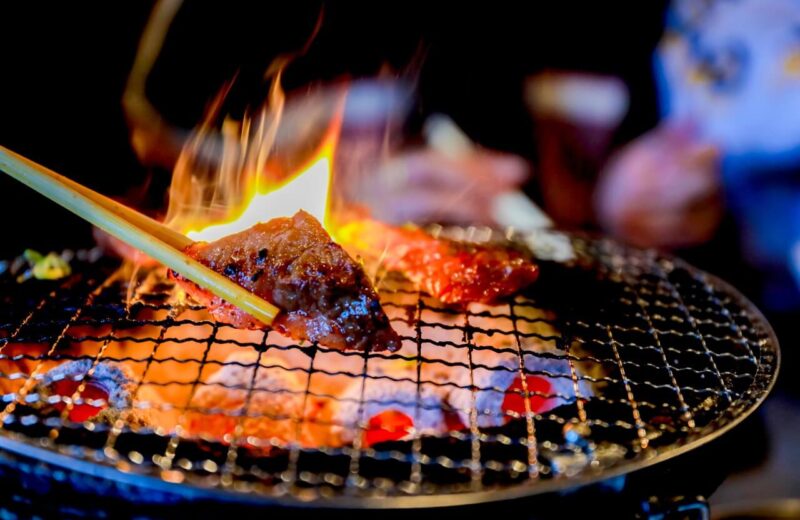
Cömce Holzkohle Restaurant: The Fire of Anatolia
€€
This Turkish restaurant opened in Kleve town centre more than ten years ago. It’s a popular establishment that serves charcoal-fired dishes (including vegetarian options) from one of the world’s oldest cooking traditions.
Turkish cuisine evolved from the original cooking practices of the nomadic Turkic peoples and has, over the centuries, absorbed Indian, Arabic and other influences. If you can also detect an oriental and Balkan input, you are on the right track. The menu includes starters (mezeler) such as Turkish soft cheese and aubergine puree, salads and main courses such as lamb, veal, kebab and fish dishes, as well as a mixed grill plate in the style of the house. Desserts, of course, include baklava and vermicelli with mozzarella, sugar syrup and pistachios.
Read more
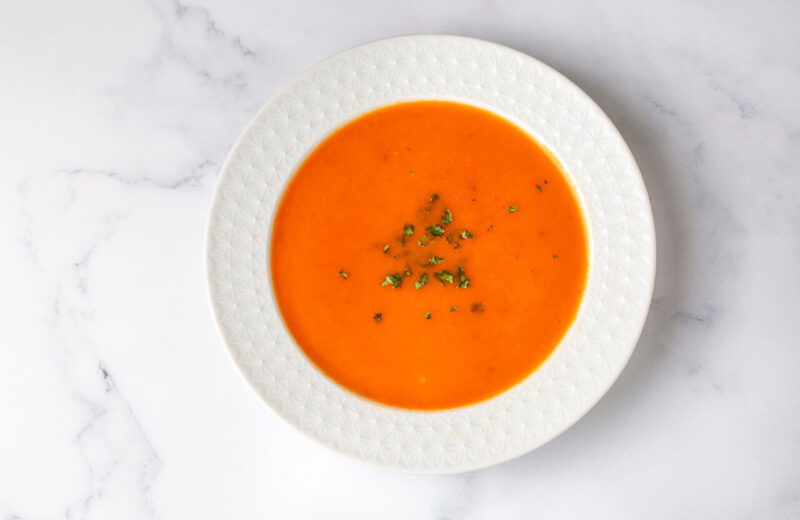
Marani: A harmonious gastronomic concept
€€
Have you ever sampled Georgian cuisine? If you’re a visitor to Kleve, you now have the opportunity.
And it’s really authentic, because the Georgian owners Irakli Martqoplishvili and Petros Ghazaryan deliver an all-round coherent gastro concept that includes not only the food and drinks, but also a hospitable, celebratory atmosphere. Many new eateries have recently sprung up around the Klever Opschlag, but a representative of the Caucasus has been absent until now. At Marani, the focus is not only on typical Georgian delicacies such as minced beef and pork wrapped in vine leaves, stuffed dumplings, khachapuri and shashlik, but also on the wine selection. Even if the dishes have a greater appeal for carnivores, vegetarians will also find something to please the palate.
Read more
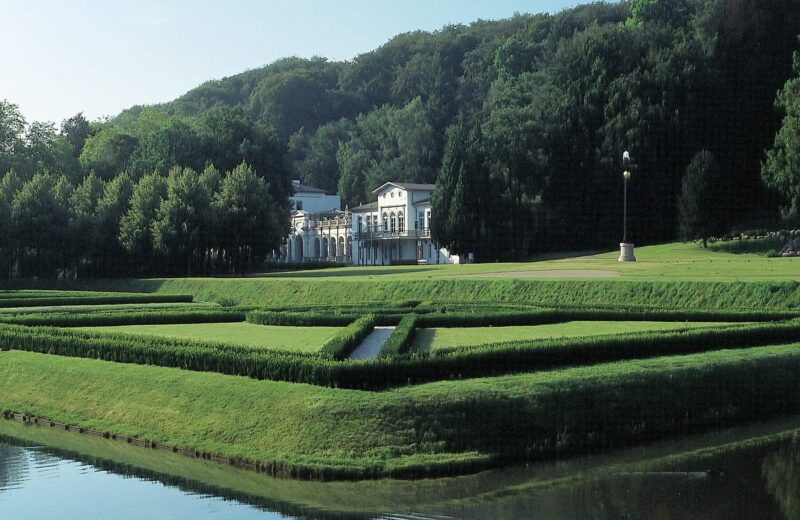
Museum Kurhaus Kleve – Ewald Mataré collection: art in a spa building
The backdrop for the Museum Kurhaus Kleve is provided by an elongated three-part ensemble of former spa buildings from the nineteenth century.
The mineral spring, found on Springenberg in the middle of the eighteenth century, transformed Kleve into a much-loved spa resort, the focus of which was the Friedrich-Wilhelms-Bad. The building was acquired by the town of Kleve in 1989 – typographer and designer Professor Walter Nikkels was responsible for planning its conversion into the museum for modern art. This was then carried out as part of a planning consortium with architect Heinz Wrede. The presentation of modern and contemporary art from the 1950s to the present day is marked by the clarity of the space. The works contained in the museum, which opened in 1997, are from international artists.
Read more
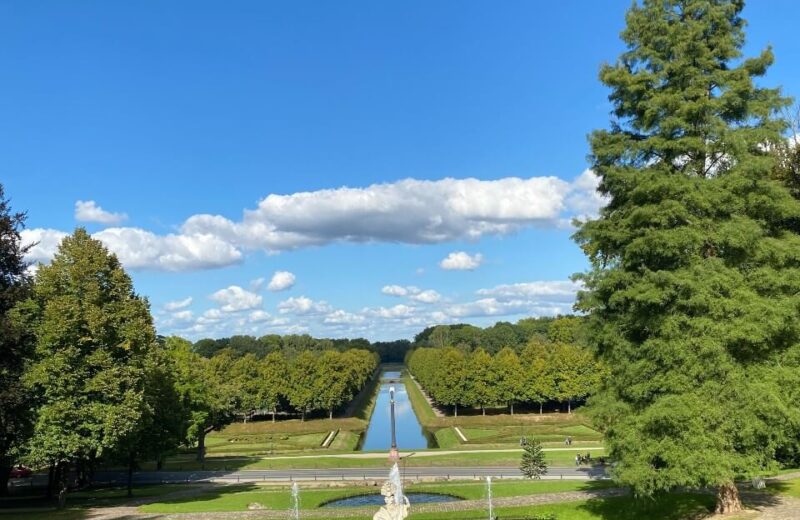
Amphitheatre: green visions
John Maurice of Nassau-Siegen, Brandenburg governor in the Duchy of Cleves, designed the Kleve garden complex in the seventeenth century. His intention was to redesign his residence town and its surroundings to make a unique park landscape.
The amphitheatre on Springenberg, bordering Tiergartenstrasse, is especially eye-catching. The landscape architecture includes various terraces with ponds, the centrally placed Pallas Athene statue, and an obelisk. The Eiserne Mann, erected by him in 1653, was displayed again in 2004 in honour of the governor on his 400th birthday. Since the original was destroyed in 1794, a sculpture by Stephan Balkenhol now adorns the historical location. The Forstgarten, created in 1782, is close to the Amphitheatre.
Read more
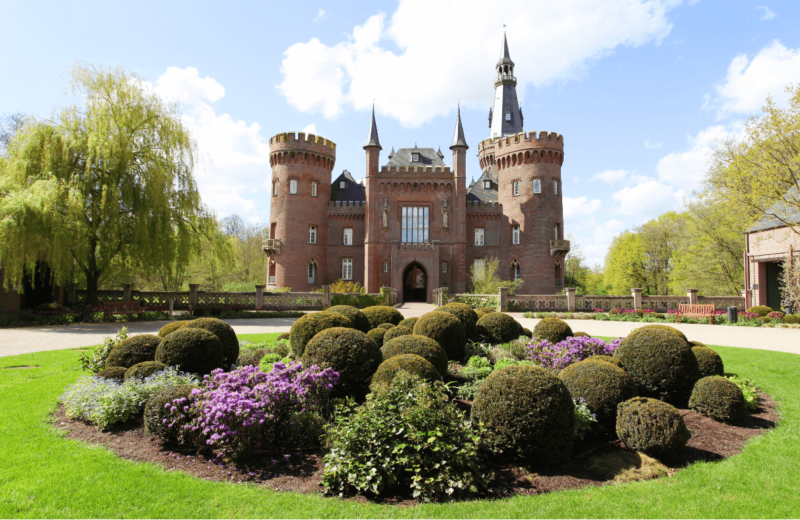
Museum Schloss Moyland: art, herbs and culture
The castle was first documented in 1307. In its present form, the castle and garden complex dates back to the late nineteenth century. It obtained its neo-Gothic-style facade in 1854.
Until 1945, the building was actually a permanent residence. After its destruction during the war, however, it fell into disrepair for decades. The ruins were only restored in 1987. Given that the arrangement and architecture of the historical rooms had been lost, its use as a museum from 1997 was a logical step – and something that benefits you. After all, the moated castle and gardens – a blend of various styles – with sculpture park, herb garden and hydrangea collection are also of significant art- and cultural-historical significance.
Read more
